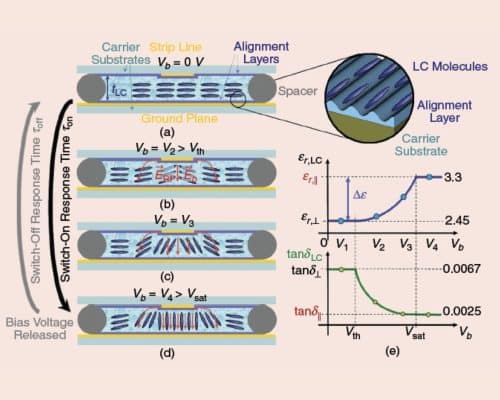Liquid Crystal Goes RF: From Gigahertz to Terahertz
Abstract
Size, bandwidth, efficiency, reconfigurability, linearity, temperature stability, isolation, reliability … every application sets different constraints on antennas and microwave components. In particular, the hardware implementation of reconfigurability (i.e., discrete switching or continuous tuning) is still very challenging, especially at mm-Waves (30 GHz to 300 GHz), and motivates research into novel materials, paving the way toward smarter RF systems. In recent decades, there has been significant research interest in liquid crystals (LCs) specifically synthesized for microwave applications beyond the well-established broad use of LCs in optics. One characteristic that makes them particularly attractive for new applications is their remarkable ability to finely adjust their permittivity with minimal power consumption, accompanied by moderate to low dielectric losses, which slightly diminish as the frequency increases. Among their many advantages, one that stands out is their manufacturability in large panels, well known from liquid crystal display manufacturing. This and recent advances in low-profile and compact delay-line phase shifters, driven by the growing interest in phased-array antennas and reconfigurable intelligent surfaces, have brought renewed attention to LC technology for applications ranging from a few GHz to several THz.
https://ieeexplore.ieee.org/document/10994747/